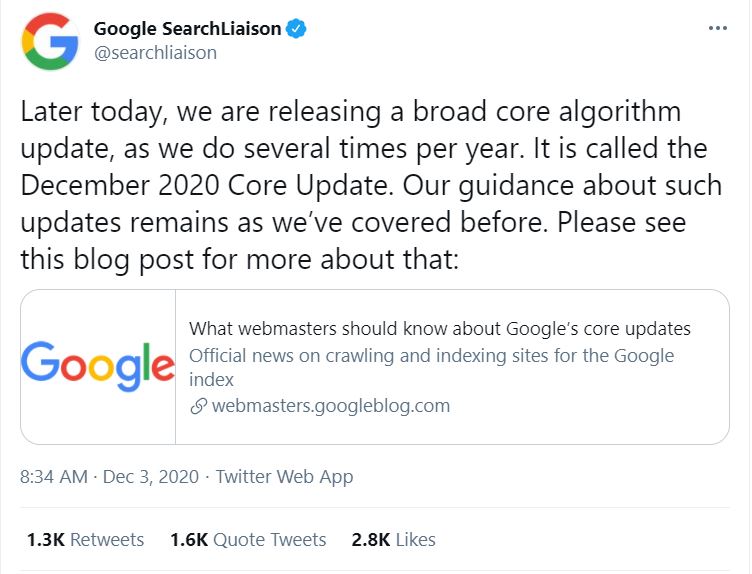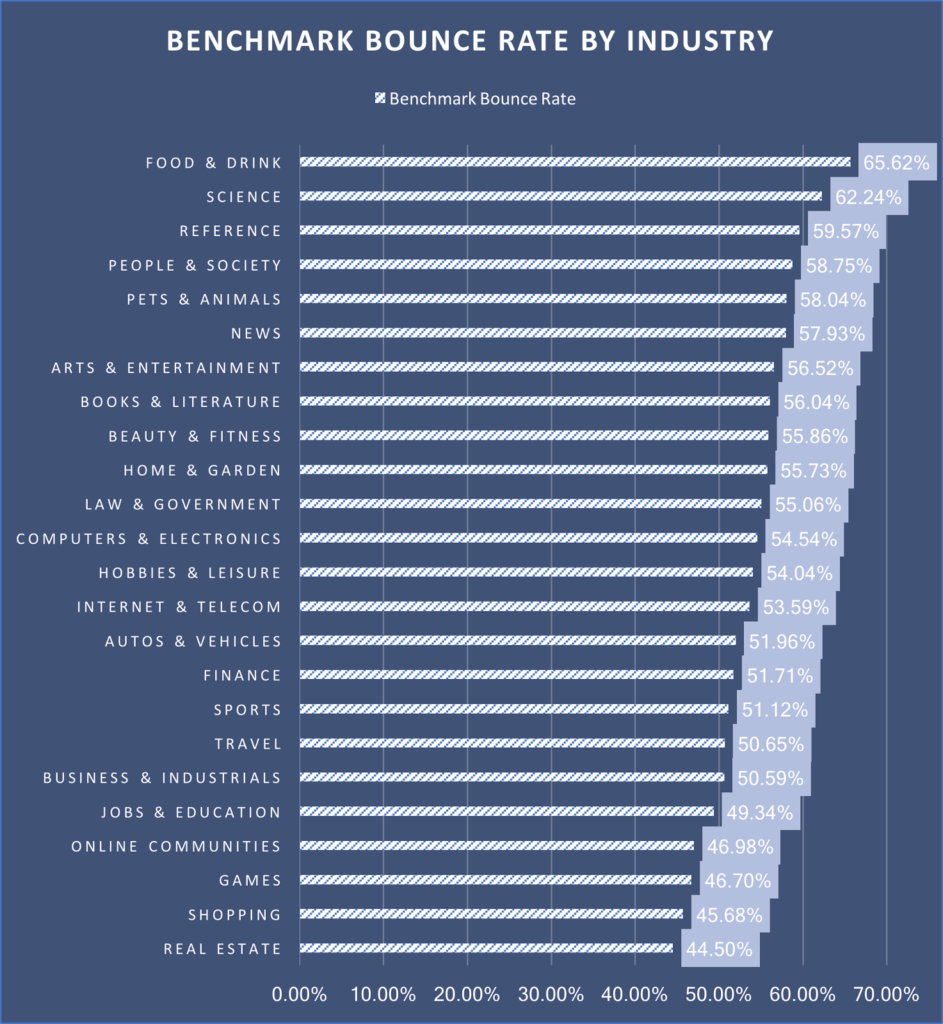Marketers who fall into the category of SEO(Search Engine Optimization) service offerings are and should aware of the continuous changes to Google’s algorithms. Some happen so often that even the team at Google would emphasize the un-importance of such. However on occasion, typically once or twice a year, Google will do a core algorithm update. Google blog staff usually offer this information out to the public to be found and digested by “webmasters” and other SEO marketers.
In addition to that, Google has also infused a new category in how to rank each website, which has had tremendous and detrimental impacts on thousands of websites. Let’s explore some of the changes in 2020.
What is Google’s “Core Algorithm Update”?
Consider that the millions of websites that exist, and then consider all of the ongoing technical work to tick every SEO box possible to get onto the first page of Google search results. If your website relies heavily on online visibility to capture leads, Google search guidelines are the commandments that you need to follow.
On December 3rd of last year, Google announced a core algorithm update. It can be challenging to condense, but in its simplest form, this is a time where Google re-analyzes millions of websites and updates their ranking performance in their search results. From this update, there was plenty of winners, but the losers experienced drastic reductions in where their website falls in search result pages, ultimately reducing leads which can affect overall sales or ad revenue.
For smaller businesses, their website performance may not be critical to be found online. However, there is the argument that without an online presence, a small business may not experience the same level of success or public awareness as another small business in their industry that strives towards SEO best practices.

Page Experience in Google’s Search Criteria
Announced in May of 2020, Google added “page experience” into the listed criteria that decide how a website can rank in its SERP’s(Search Engine Result Pages). Prior to that, a website would be rewarded with an increase in rankings by strategically placing keywords, search queries, backlinks, internal linking, and a consistent posting cadence. There have been some other attributable factors that are less impactful such as a security certificate, indexing of webpages, and crawlable fonts.
Page experience relates to another small number of factors. Google wanted to emphasize part of their service as a search engine is to help users get the most relevant and resourceful information. With this being an ongoing focus, they implemented new ranking factors that in addition to the traditional guidelines, are more focused on ensuring whoever goes to the ranked websites has a positive user experience.
Following this change, Google announced the addition of “Core Web Vitals” into the Google Search Console. This allows website owners or managers to identify what could be negatively impacting their user experience and offer information to improve it.
Speed
Speed is one of the factors website developers and owners now need to keep in mind when optimizing their content for SEO. Googles’ “Pagespeed Insights” is a great tool that identifies what is slowing your website down and opportunities to amend certain issues.
Mobile-Friendly
Mobile-friendly websites have been a factor for web developers since the introduction of mobile browsing in 1997. Prior to 2020, whether or not your website was mobile-friendly did not have any effect on your search engine rankings on Google, but now they do. This coincides with the wide promotion of mobile-friendly website developers, which some of the content hosting servers automatically do for you.
Bounce Rate
Bounce Rate is another factor in how Google crawl bots evaluate the quality and relevance of your content. This can be a controversial topic as certain industries do not require website visitors to complete any action, such as industrial manufacturing.
To offer a short explanation as to what it is, bounce rate is a percentage score of based on the visitors you get to your site and how quickly they exit. The lower the bounce rate, the longer visitors have stayed on your site. On Google’s end, it shows their algorithm that the visitors coming to your website are finding relevant and quality content, thus spending more time going from page to page.
Reducing bounce rate can be a challenging task. See the chart below constructed by CXL for their post on bounce rates benchmarks by Industry.

There are some other factors that can be seen when accessing the core web vitals section of your Google Search Console. A key takeaway from these recent changes in Google Search criteria is that of benefiting the visitor. Using the tools created by Google to better your rankings on Google is a surefire way to advance your SEO efforts. Additionally, ensuring you are aware of ongoing changes to their algorithms can benefit your long term success online.




